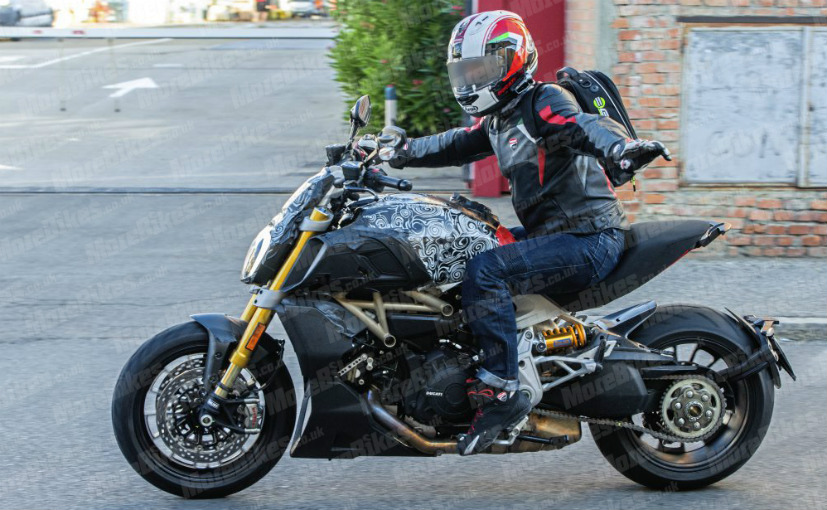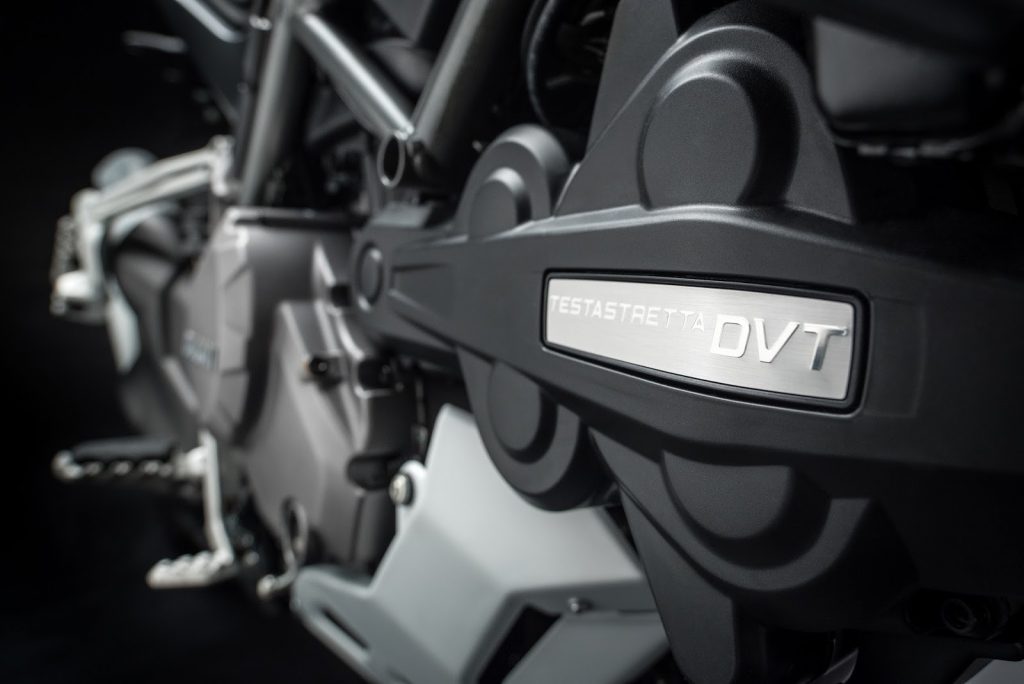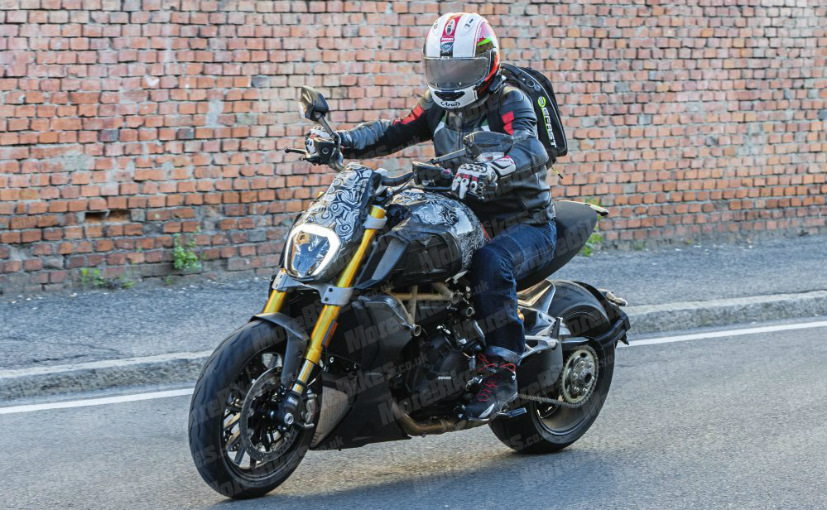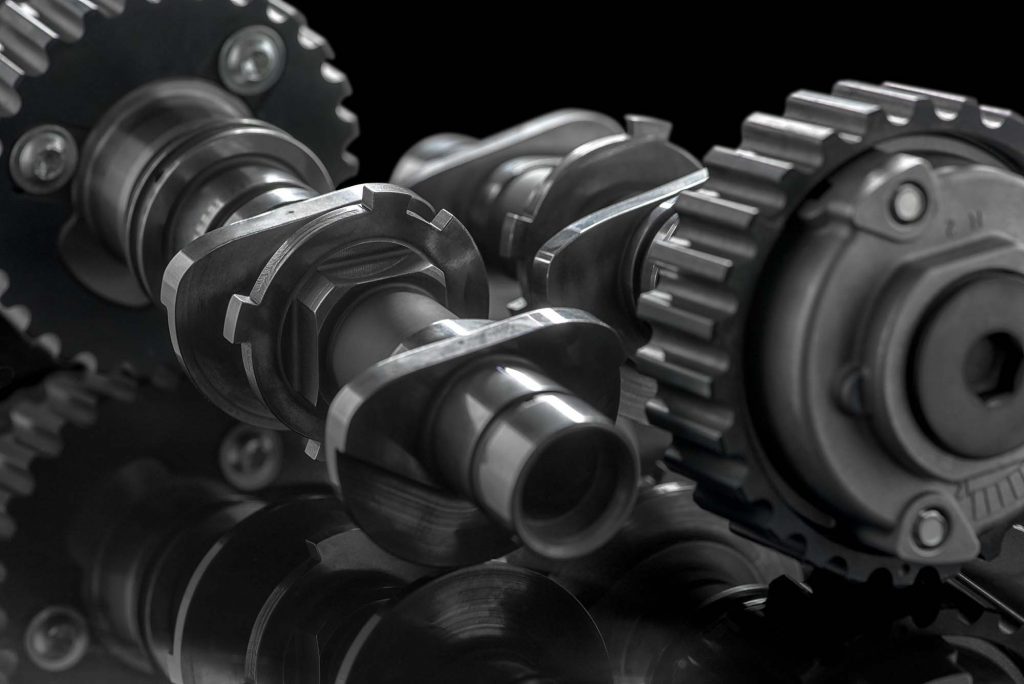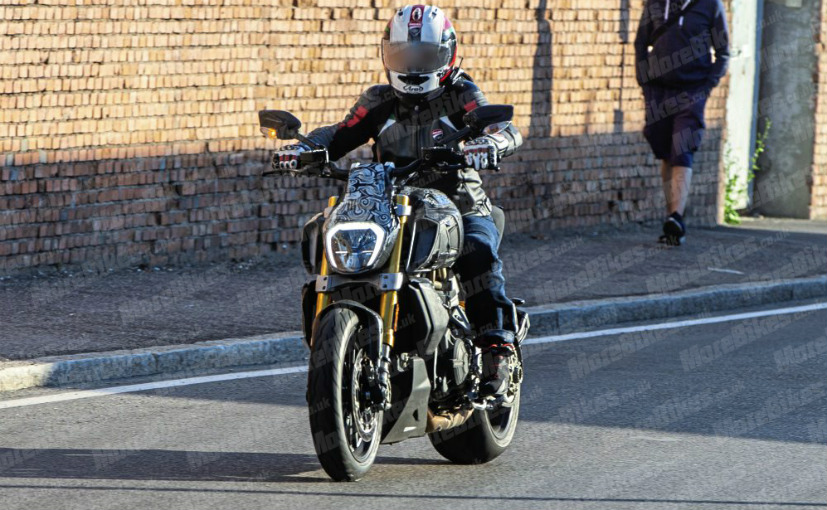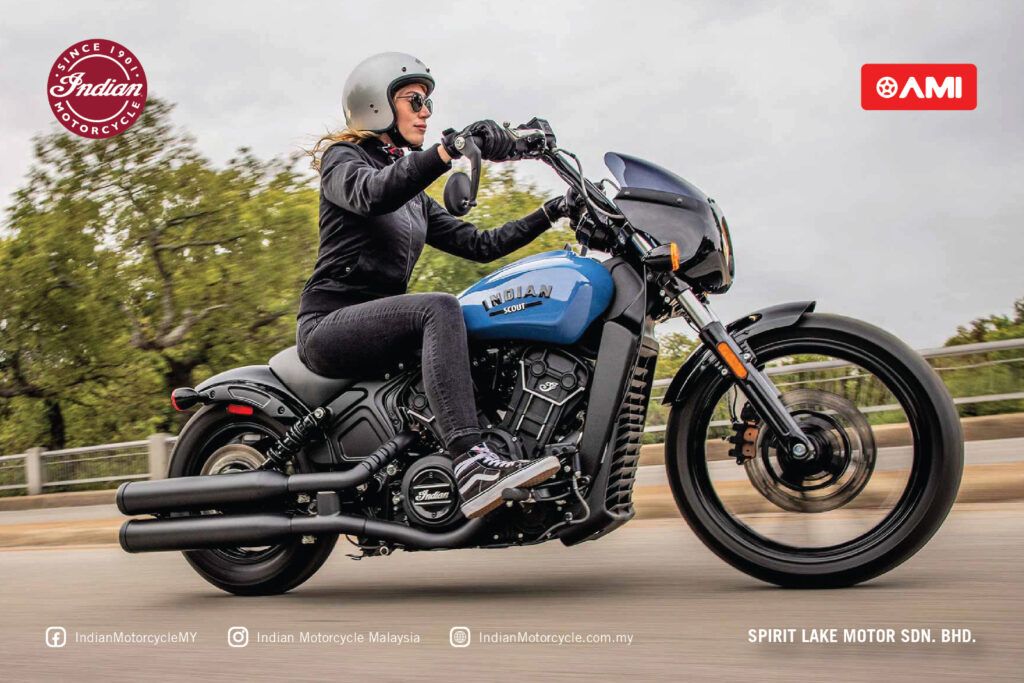-
Ducati introduced the DVT (Desmodromic Variable Timing) in the 2015 Multistrada 1200.
-
It will now be carried over to the 2019 Diavel 1260.
-
But what is DVT and how does it work?
Ducati had first introduced the DVT (Desmodromic Variable Timing) in the 2015 Multistrada 1200 to a great reception and will now be carried over to the 2019 Diavel 1260, in addition to the Multistrada 1260 and XDiavel.
But what exactly is DVT and what does it do?
To understand DVT, we need to understand about valve timing.
Truth is, there are many considerations when it comes to valve timing. For one, if the intake valves open for a short duration, less fuel-air mixture can be inducted, compared to the valves being kept open longer. At low-RPMs less fuel-air mixture (also called “charge”) should be inducted for it to burn quicker, resulting in higher torque. Conversely, the valves need to be kept open longer for more charge to enter to produce higher maximum power.
Hang on, that’s not all, because there’s “valve overlap.”
The term describes the timing when both intake and exhaust valves are open together – hence “overlap.” Overlap occurs when as the exhaust valves are starting to close and the intake valves are starting to open. This way, the exiting exhaust gas causes a vacuum which helps to suck in fresh fuel-air mixture and fills the combustion chamber quickly.
So high overlap timing is the magic bullet? Not necessarily.
A racing engine profits from prolonged overlap because each piston travels 20,000 times up and down at 10,000 RPM, thus each stroke lasts merely 0.003 second. The exhaust gas is able to evacuate quickly and draw in fresh charge.
But if the same engine is used as a road bike, there will not be enough time to push all the exhaust gas out and some of it will end up being sucked back into the combustion chamber and mixed with the fresh charge, contaminating and diluting it. That’s when the bike spits, sputters and backfires. And you will end up with a bike that’s sluggish at low- and mid-RPMs.
Of course, the fuel injection ECU could shoot in very specific amounts of fuel at any given load, but there’s not much way around the engine’s basic architecture.
From this, we can deduce that the perfect engine should have less overlap for good torque at low-RPM to mid-RPM, and maximum overlap at higher-RPM for high horsepower (read: top speed).
Problem is, you can only have one cam profile for either characteristic. Take your pick.
You may have heard of Honda’s VTEC (Valve Timing Electronic Control). Ducati’s DVT works on the same principle of varying valve timing but uses a different method to Honda’s copyrighted VTEC.
Ducati’s DVT uses an ECU to control valve adjusters to keep the valves totally shut; or delay, advance or prolong their opening. Each of this behavior translates to the character of the engine, resulting in a super-smooth powerband, enhanced throttle response, higher power production and optimized fuel economy.
The addition of the DVT will surely make the 2019 Diavel 1260 a much better all-round power cruiser to ride. To be unveiled at EICMA 2018, is it also slated to receive Bosch’s six-axis IMU (Inertia Measurement Unit) to enhance rider aids, Ohlins suspension, Bluetooth connectivity and cosmetic updates.
Stay tuned!

